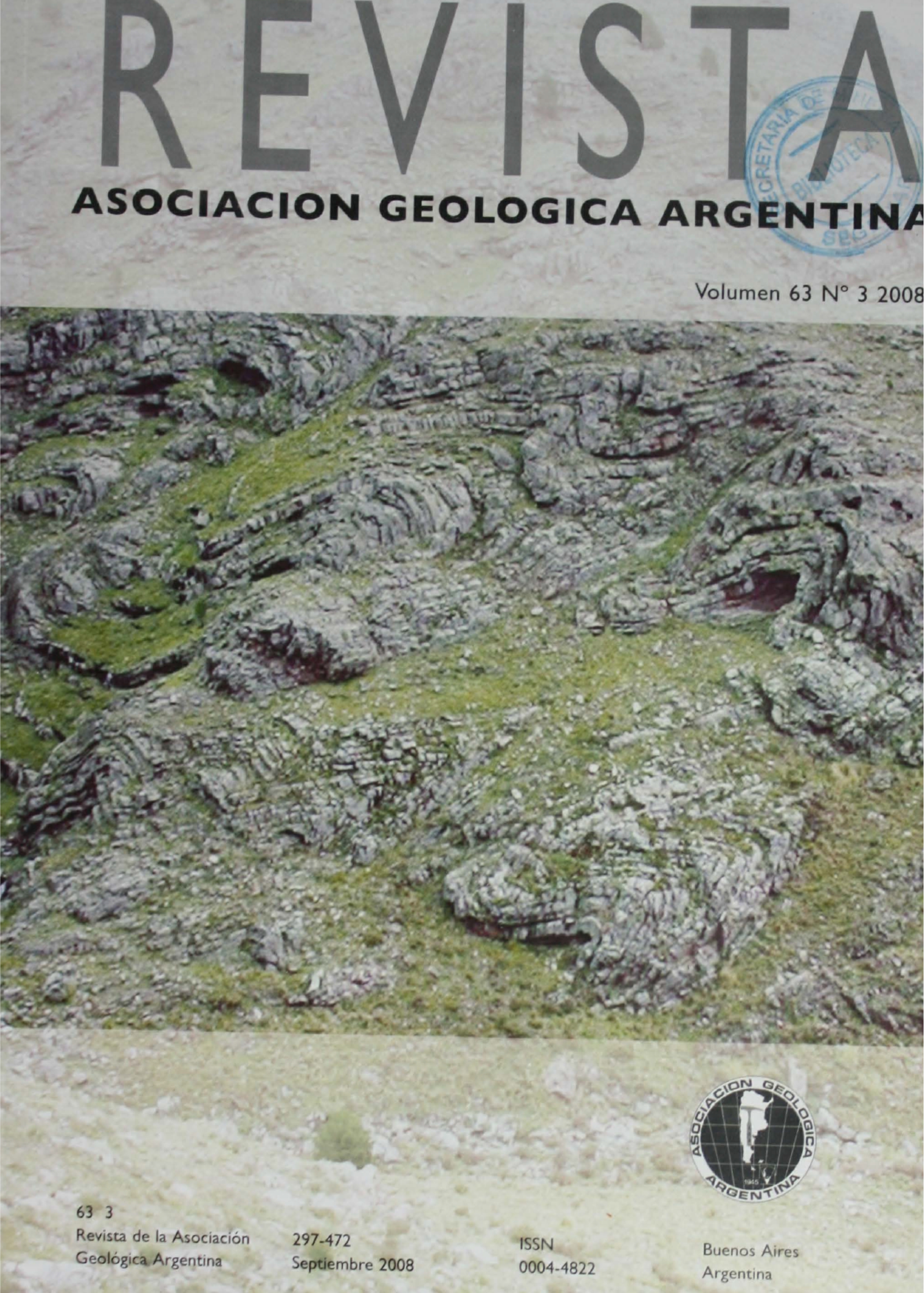Stratigraphy and geochronology of the Late Pleistocene-Holocene of the Arroyo La Estacada Basin, Departmets of Tunuyán and Tupungato (Uco Valley), Mendoza
Main Article Content
Abstract
Arroyo La Estacada is a tributary of Rio Tunuyán situated in the distal Andean piedmont of Mendoza, Argentina. Stratigraphic, sedimentological and geomorphological analysis along with numerical dating by 14C and optical stimulated luminescence were performed on the late Pleistocene-Holocene deposits. Three geomorphological units (regional aggradational plain, fill terrace and the present floodplain) have been identified. The regional aggradational plain is made up of a sedimentary succession dominantly composed of sandy-silty deposits; the sediment accumulation started prior to 48,000 years BP and continued until circa 3,000 14C years AP. The fill terrace is composed of a fining upward sequence encompassing a time interval older than 5,500 14C BP and extending until 400-500 14C years BP. The present floodplain, made up of sand beds, was formed after 400-500 14C years BP. Based on the results obtained, the stratigraphic boundaries originally attributed to La Estacada Formation and El Zampal Formation are laterally transgressive in relation to the sedimentary beds included in each of these lithostratigraphic units. Considering both their lithology and stratigraphic relationships we propose to group these deposits into a single lithostratigaphic unit named El Zampal Formation.
Article Details

This work is licensed under a Creative Commons Attribution-NonCommercial 4.0 International License.
Nota de copyright
Los autores conservan los derechos de autor y garantizan a la revista el derecho de ser la primera publicación del trabajo licenciado según una licencia de atribución Creative Commons que permite a otros compartir el trabajo con el reconocimiento de la autoría y de la publicación en la que se publicó por primera vez.
Declaración de privacidad
Los nombres y direcciones de correo electrónico introducidos en esta revista se usarán exclusivamente para los fines declarados por esta revista y no estarán disponibles para ningún otro propósito u otra persona.

